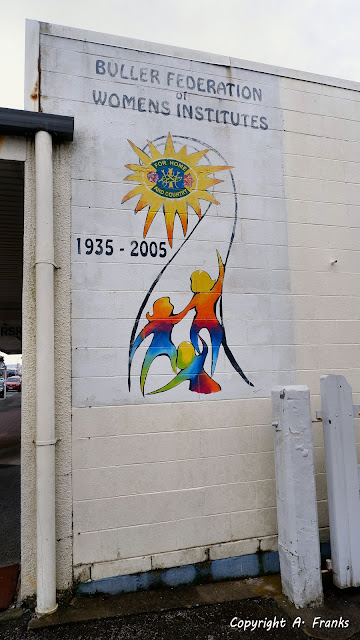The Womens Institute branch here has been an important part of New Zealand for decades. So apparently it started in Canada, before making it's way to Great Britain. In 1919 a New Zealand woman Anna Jerome Spencer attended a craft exhibition in London. She was so impressed and investigated it with a thought of establishing it in New Zealand too.
Before the 2nd world war Anna and her friend Amy were based in Havelock North and the first meeting was held at Amy's home in January 1921 with Anna elected as president.
The first annual report of the institute provided a model for programmes until the 1990s. The movement slowly spread at first and by 1925 there were 6 institutes based in the Hawkes Bay region.
Over the years women in this organization have worked together to generate huge amounts of goods, services and funds for various causes both local and national.
These days Womens Institute groups have spread all over the country.
Linking up with Monday Murals.

Comments
best, mae at maefood.blogspot.com
The mural is a lovely tribute to the WI's history and the women who have contributed to it. Thanks for sharing this piece of local history, Amy.